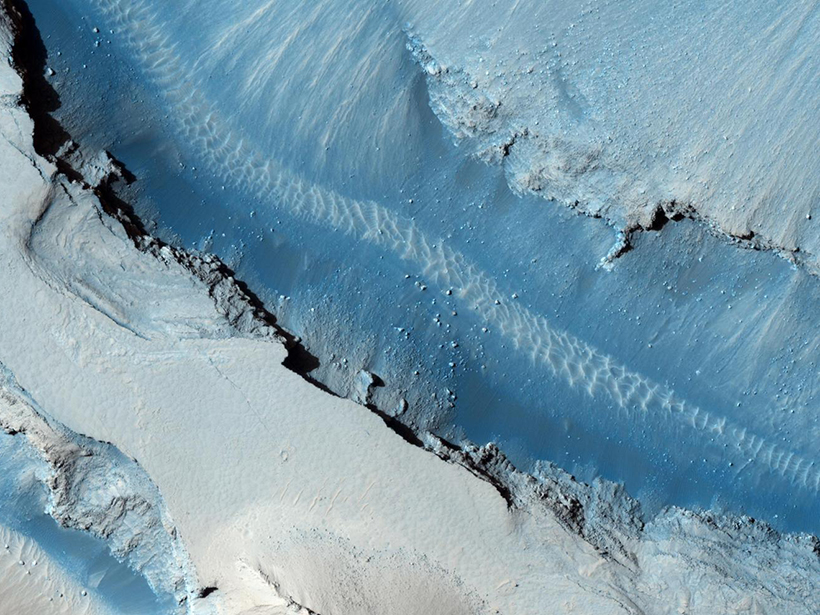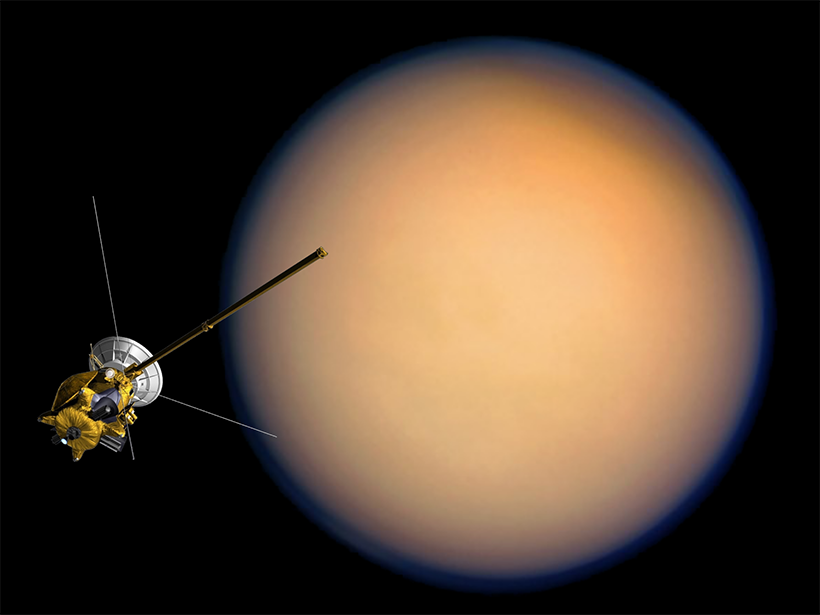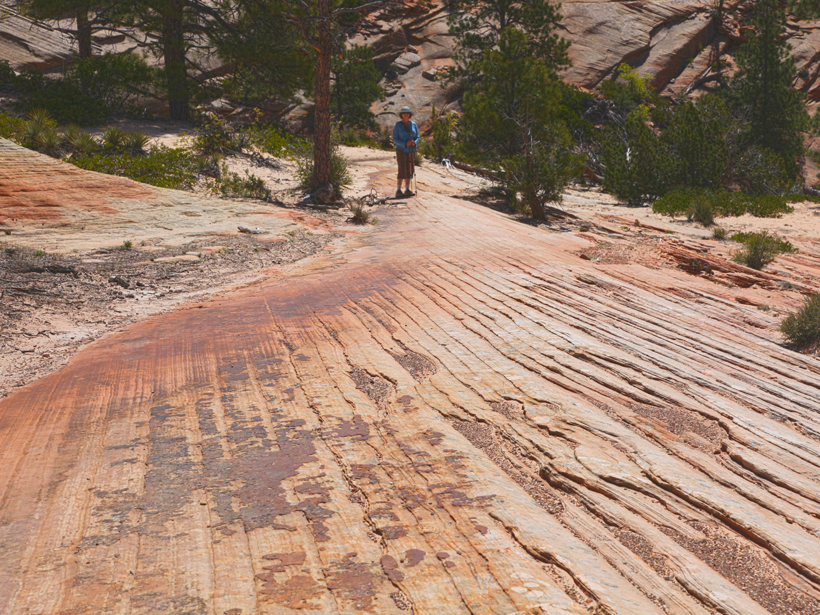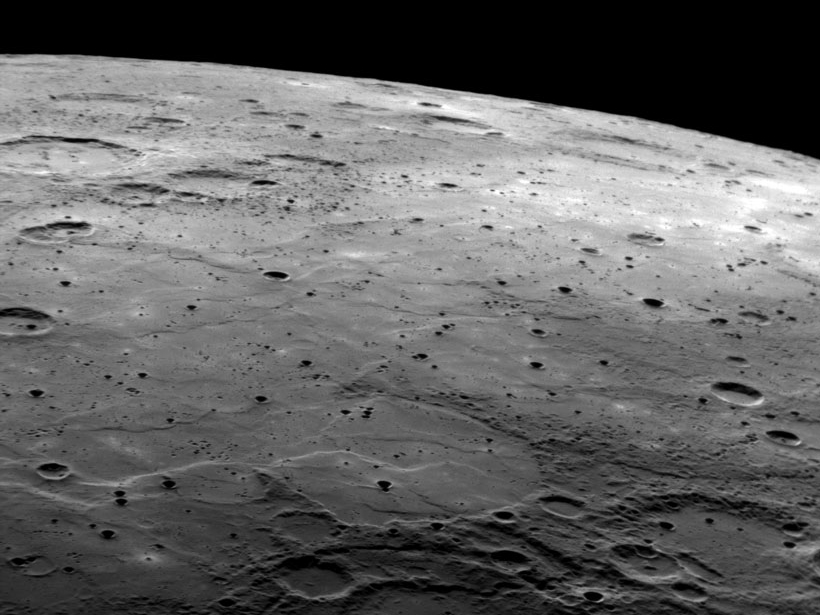The impact crater is a dry lake bed that contains evidence of ancient water flows and perhaps signs of ancient microbial life.
planetary surfaces
Searching for Signs of Marsquakes
Researchers use high-resolution images of Mars’s surface to look for signals of coseismic displacement.
How Jupiter’s Icy Moons Got Their Bands and Grooves
Europa’s churning ice crust could reveal signs of ocean life, new study suggests.
Peering Through Titan’s Haze to Better Understand Its Surface
Variations in grain size and water ice content detected on Saturn’s largest moon offer evidence of geologically related units that resemble the mountain-to-desert transition on Earth.
Planetary Dune Workshop Expands to Include Subaqueous Processes
The Fifth International Planetary Dunes Workshop: From the Bottom of the Oceans to the Outer Limits of the Solar System; St. George, Utah, 16–19 May 2017
Four Planetary Landscapes That Scientists Can’t Explain
These are just a handful of the hundreds of mysterious features across our solar neighborhood that beg to be studied closer.
A Rover’s Eye View of Moving Martian Dunes
A new special issue of JGR: Planets presents findings on sand motion, morphology, and mineralogy from the Curiosity rover’s traverse of the active Bagnold dune field in Gale crater.
Comparing Craters
An analysis suggests that craters degrade faster on Mercury than the Moon, raising questions about landscape evolution on different planetary bodies.
Pluto’s Features Receive First Official Names
Names of mountains, plains, valleys, and craters honor human and technological pioneers, Pluto scientists, and underworld mythology from around the world.
How Quickly Is Mercury’s Surface Evolving?
New measurements of impact craters on Mercury’s smooth plains suggest that the topography of the solar system’s innermost planet is changing at twice the rate of landforms on the Moon.










